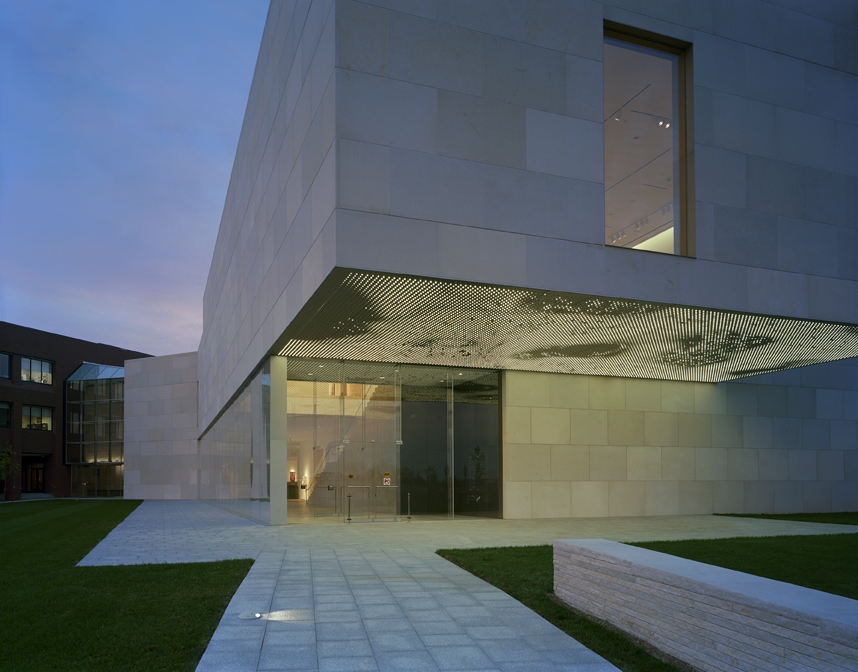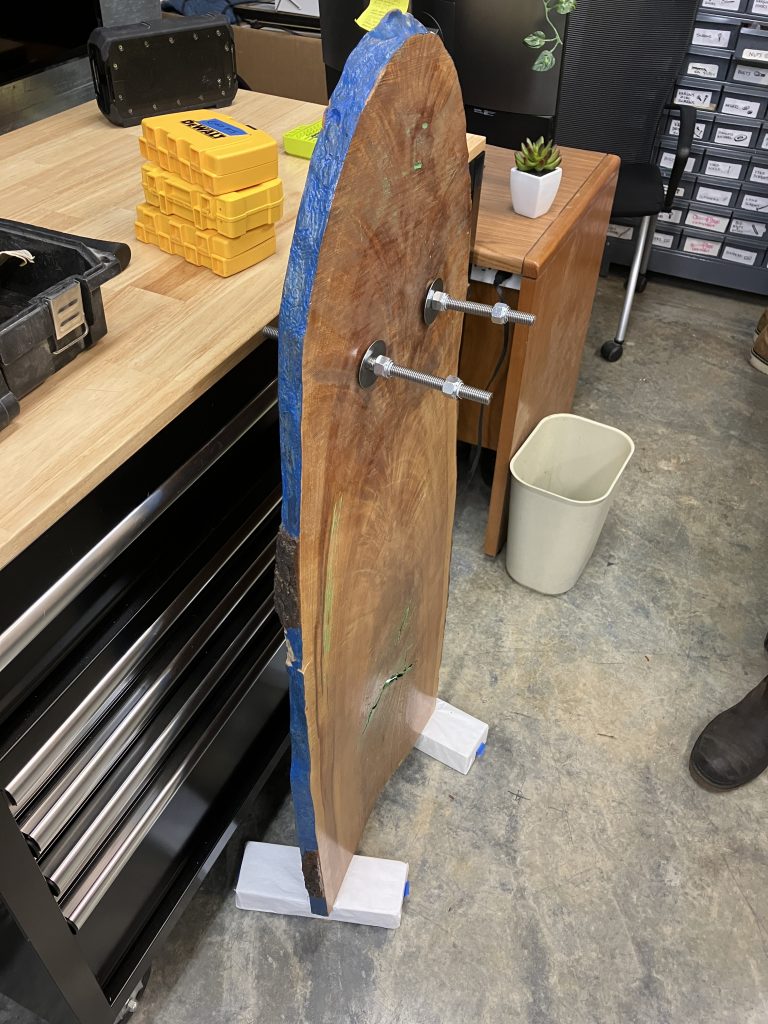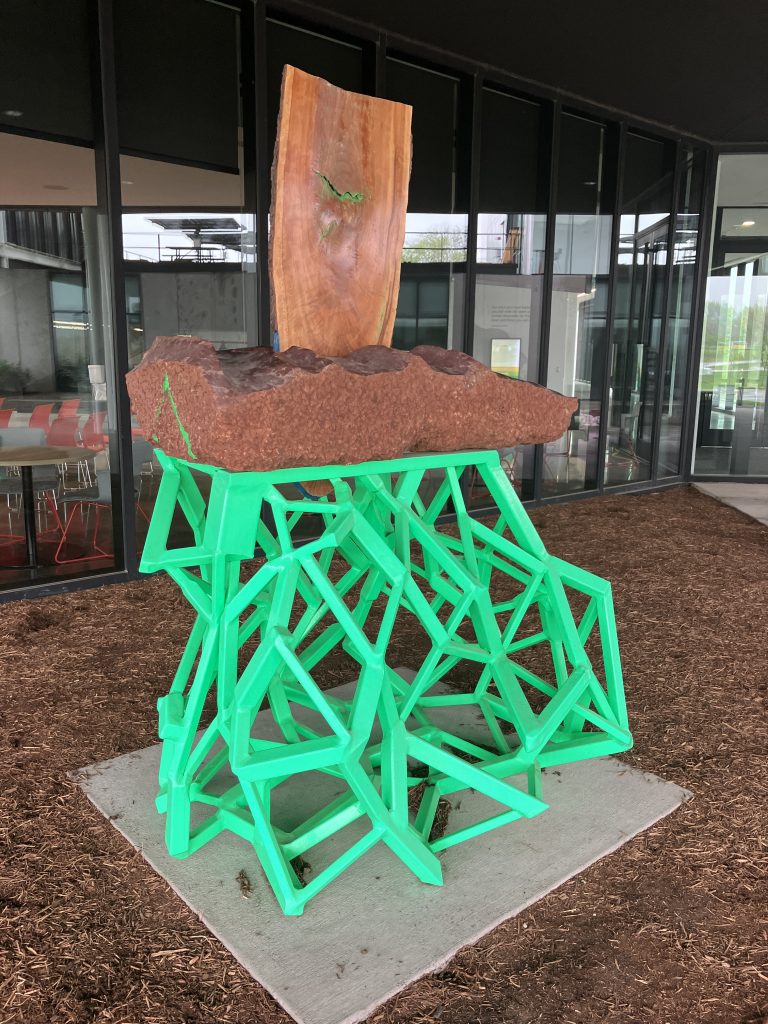Speakers have been confirmed for the 2025 Young Artists Retreat, occurring on Friday, October 25!
For those unable to attend in person, we will have a livestream available as well. Register for the livestream by Tuesday, Oct. 22!
LIVESTREAM AGENDA (times listed in CST):
- 9:10 AM-10: Session Speakers
- SunYoung Park or Joy Rhodes
- 10:10-11 AM: Professional Development Session with Harold Smith
- 11:10 AM-noon: Session Speakers
- Christopher Erazo or Matthew Willie Garcia
- 1 PM: Keynote Speaker, Amy Kligman
All sessions will be recorded and available after the livestream airs.
KEYNOTE SPEAKER
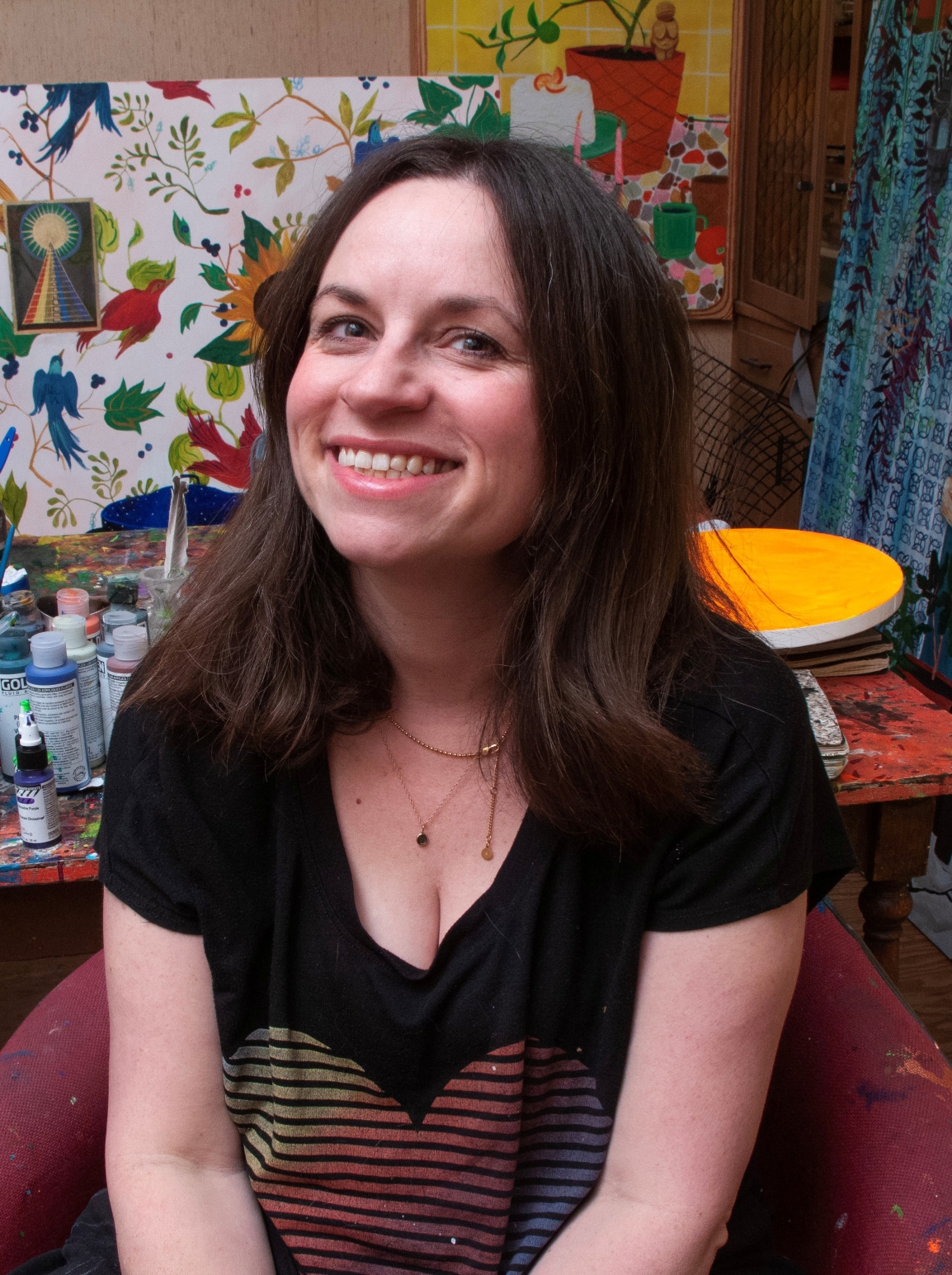
Amy Kligman
Amy Kligman, artist and organizer of The Salon for Possible Futures, which is on view in the Nerman Museum, will be the Keynote Speaker for the Young Artists Retreat program. The Salon for Possible Futures is an interactive space for community gathering and collective imagining. Themes of fostering humanity and relationships, learning from the past, and building sustainability, hope, and magic are the underpinnings of The Salon’s assembled objects and imagery. Amy Kligman was the Executive Artistic Director at Charlotte Street 2015-2025. Kligman’s career and experience as an exhibiting artist and grassroots curator/arts administrator spans 20 years of studio & exhibition work, independent curating and organizing, and artist-run projects.
PROFESSIONAL DEVELOPMENT SPEAKER

Harold Smith
Harold Smith is a Kansas City-based visual artist whose internationally exhibited and collected work includes painting, collage, mixed media, performance, video, sound, and assemblage. His work focuses on the complexity of black masculinity in America. He also writes for KC Studio magazine. Smith was an educator in Kansas City for 30 years, teaching computer science and other computer classes, and later coding and game design, at Kansas City’s Manual Career & Technical Center. Before retiring from teaching in 2021, Smith taught art at Lincoln College Preparatory Middle School for two and a half years. He received a Charlotte Street Visual Arts Award and a Pollock-Krasner Foundation Grant in 2022. He was selected for the Art Omi International Artists Residency Program in 2023. Locally, he’s exhibited at The Nelson-Atkins Museum of Art, the Nerman Museum of Contemporary Art and the Lawrence Arts Center.
SESSION SPEAKERS
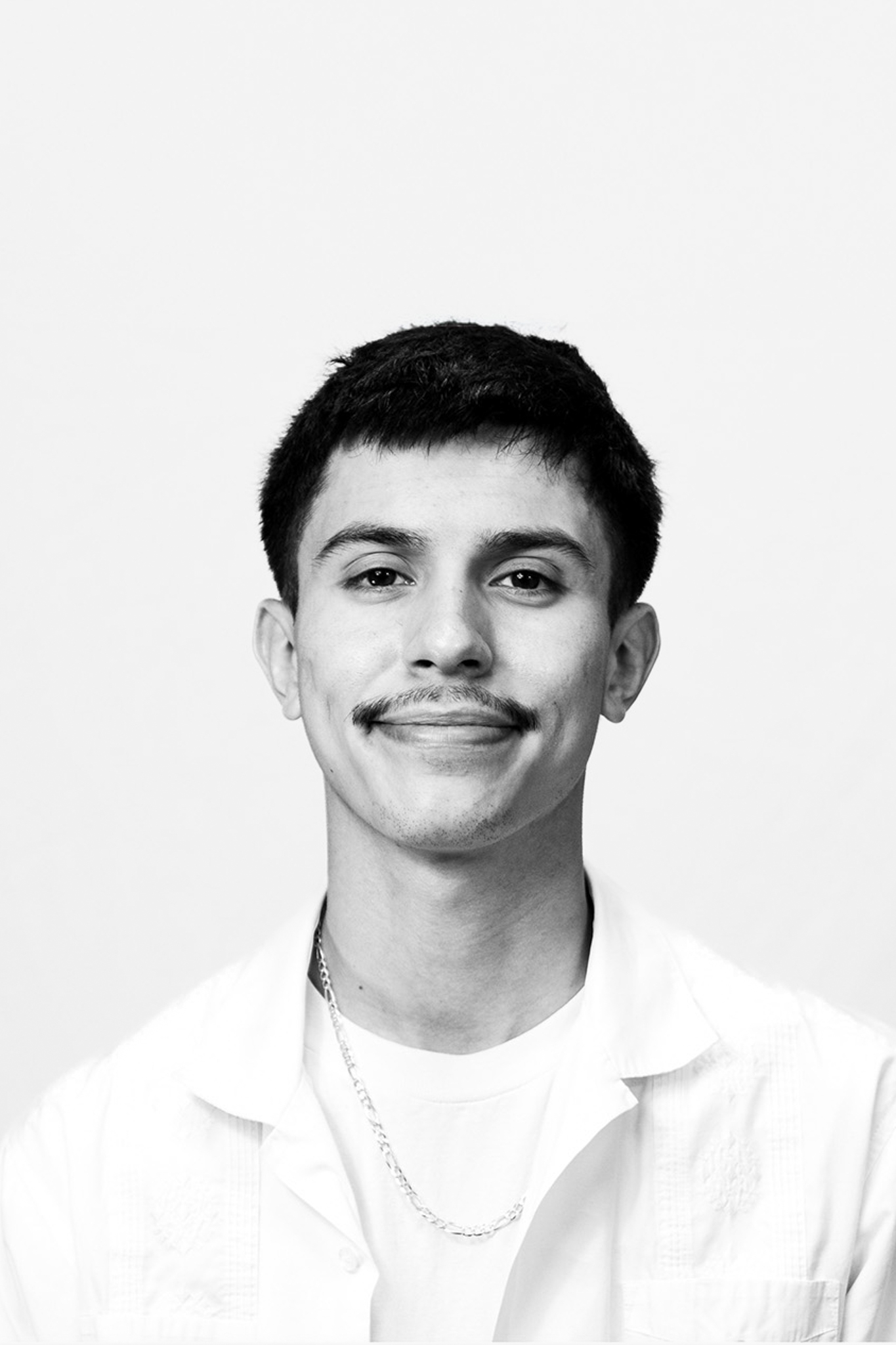
Christopher Erazo
Christopher Erazo is a Chicano/Mexican American photographer and videographer based in Lawrence, Kansas. His creative yet simple style and distinctive use of VHS videography have earned his work exhibitions in Mexico City, multiple regional galleries, and the Smithsonian in Washington, D.C. Through his art, Christopher celebrates Chicano culture while highlighting the beauty of all cultures, reimagining traditional works with a modern perspective, and inspiring young creators to embrace their heritage and unique voices.
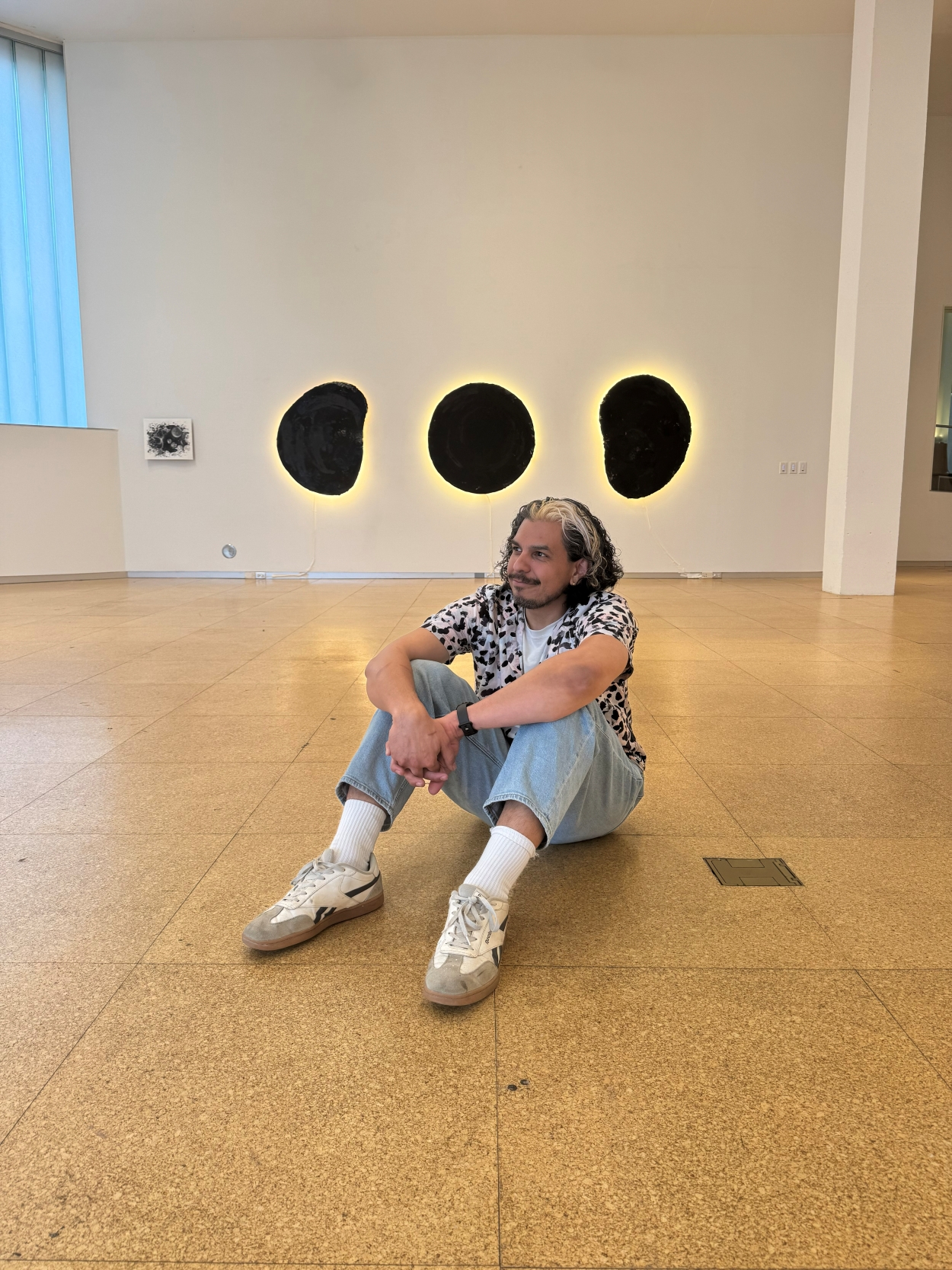
Matthew Willie Garcia
Matthew Willie Garcia is a California native now based in Kansas City, MO. Garcia’s work transcends traditional print media working in screen printing, mokuhanga, projection-mapping, animation, and large-scale installations. Inspired by a blend of science, science fiction, and their queer identity, Garcia explores these themes through color abstraction and nonrepresentational forms. Holding a BFA from the Kansas City Art Institute and an MFA from the University of Kansas, Garcia has earned acclaim regionally, notably exhibiting at the Nerman Contemporary Museum of Art, Des Moines Art Center and internationally in Japan and Spain. Garcia recently served as the 2024/2025 Grant Wood Fellow at the University of Iowa.
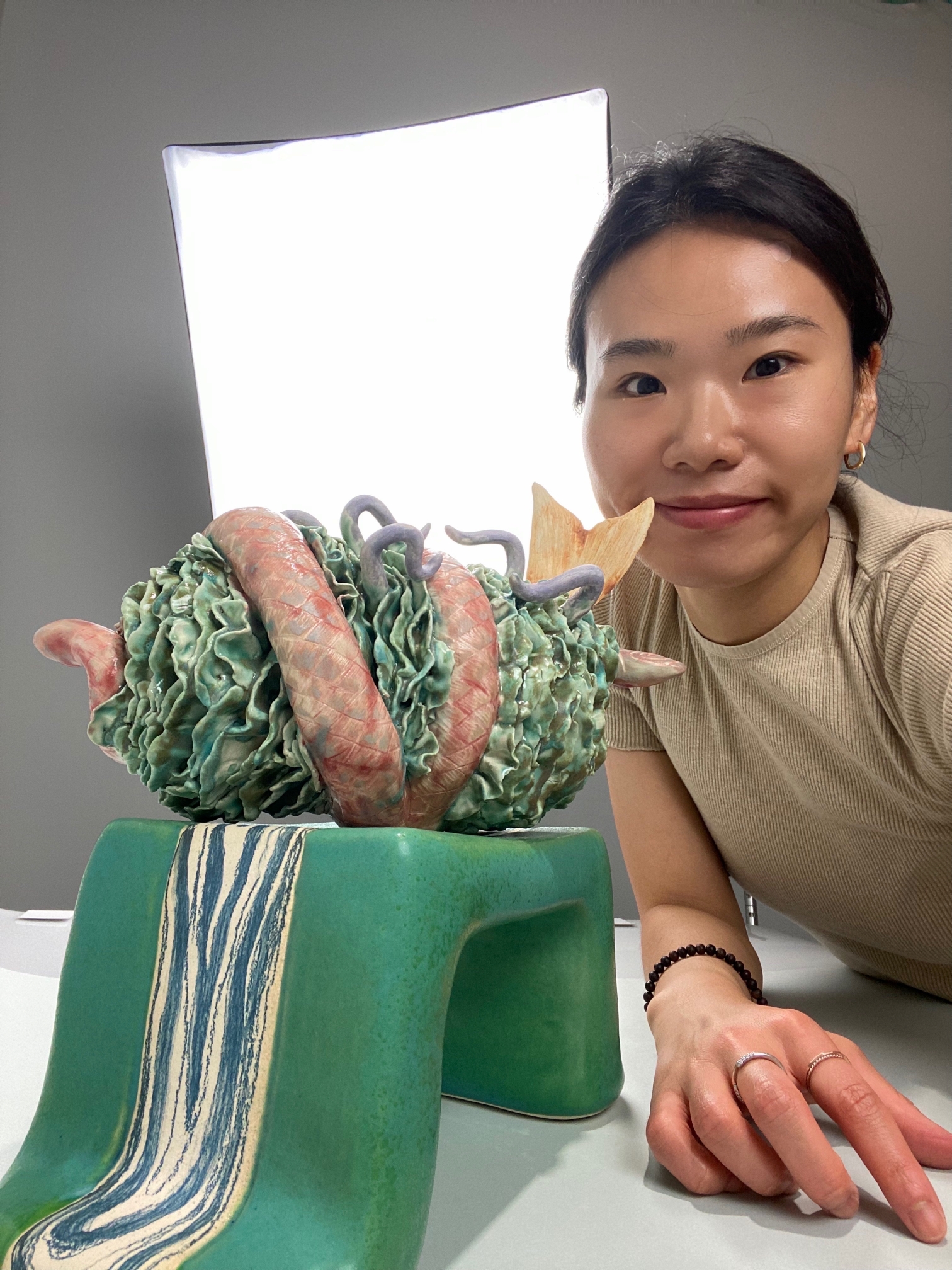
SunYoung Park
SunYoung Park is a South Korean interdisciplinary artist exploring hybridity, memory, and cultural identity through ceramics and mixed media. Her sculptures merge clay with fabric, wood, and botanical elements, blurring boundaries between body and object. She is a 2026 Studio Mass MoCA Fellowship recipient, a Wassaic Project Fellowship recipient, and has also held residencies at the Interdisciplinary Ceramic Research Center, University of Kansas; Charlotte Street Foundation; and Clayarch Gimhae Museum. Her work has been exhibited internationally at the Jingdezhen International Ceramic Biennale, the International Contemporary Ceramic Art Triennial in Andenne, Belgium, the Nerman Museum of Contemporary Art, and the Kemper Museum of Contemporary Art.

Joy Rhodes
Joy Rhodes is Professor and Department Chair of Fashion Merchandising and Design at JCCC. Prior to her career in higher education, she worked many years in the industry, as a merchandising manager for an apparel licensing company overseeing all aspects of product development from concept through to production and working for technology solution providers that developed software specifically for the fashion industry both on the retail and product development sides of the business. She earned her BA in Apparel Design and Production from Colorado State University in Fort Collins, CO and her MBA from Baker University in Baldwin City, KS. She also completed an extended semester program at the Fashion Institute of Technology in New York City.

